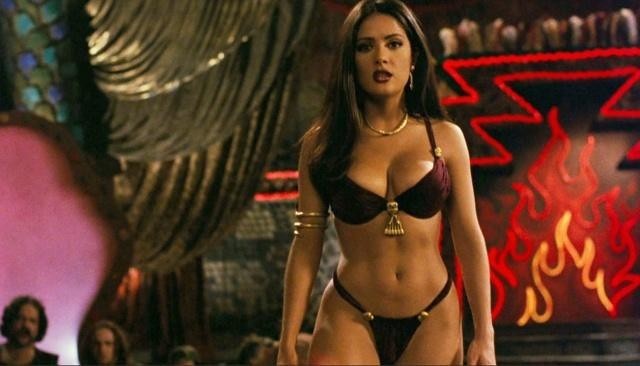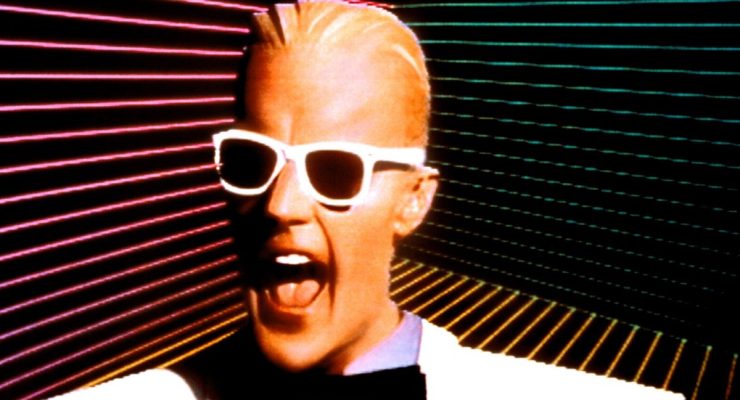So how does one approach writing a sequel to such an acclaimed movie? Barrett argues that more traditional horror sequels are easier to write, and that fueled his process for Blair Witch. “With a sequel to a more traditional horror film, it’s very obvious – and I’m sure you could think of dozens of examples – it’s very straight forward what people want the sequel to be: It just needs to follow the trajectory of the original film. And I think that’s what Lionsgate encouraged us to do with this film, but we also felt creatively that was the right thing to do.” With seventeen years separating the films, Barrett had to write something that would appeal to the fans of the original but also give audiences something they’d not seen within the found footage subgenre. “There’s different audiences who go and see horror movies in 2016 [when The Blair Witch Project was released] than in 1999,” he says. “So there are some interesting conundrums in that. How do you work in an existing mythology and take it further, not ruin the mystery, but explore these things further and make it original and exciting for fans of the series? There’s a lot of trial and error in that. In my first scripts, it was quite gory and grotesque. It was very similar structurally, but I went into some extreme body horror stuff that, ultimately, we decided wasn’t Blair Witch. That’s not what these films are about. And so we took that back. So there was trial and error in the script stage. ‘Does this explore the mythology? Is this further informing fans of The Blair Witch Project about what’s going on in these woods? Or is this just going off on a tangent?’ Sometimes it was a struggle.”
Which brings our discussion to the film’s reception. As Barrett joked, Blair Witch did not receive great reviews with the film sitting at 36% on Rotten Tomatoes [at the time of writing] and opened to a disappointing $9 million (although perfectly fine as the film only cost $5 million to make). On Twitter Barrett joked, “Well, our horror film may have been a disappointment at the box office this weekend, but at least we got overwhelmingly negative reviews.” To which Wingard replied, “Bro, I told you we shoulda made that movie about the boring guy who landed a plane in water instead” in reference to the Tom Hanks movie Sully, which topped the weekend with $21 million. “It’s a tricky thing to look back in retrospect at a thing you made that seemingly displeased a lot of people and not be, like, ‘how did we make a mistake?’. This was always the film we set out to make, and there’s Blair Witch fans that feel we did an extremely poor job of it. But I don’t know what specifically would have made them happy. Unless it was them being given the chance to make a sequel – which they are free to do so as far as I’m concerned – but some people felt we stuck to close to the structure of the original and are also mad at each individual thing we changed. Look, I don’t know what to do. I don’t know to take that criticism in a constructive way. It just seems like [the fans] didn’t want another Blair Witch movie.”
This topic of conversation is clearly one that means a lot to Barrett, as not only did it take up the rest of our interview but also caused it to overrun my allotted time. “It really did feel like a lose-lose situation,” he added. “The original movie is a seminal film that people have a lot of affection for and they didn’t want to see our crowd-pleasing and aggressive version of that film. It felt like a lot of critics felt we took out a lot of the subtly, but everything that we did that was subtle they were like, ‘they’re just re-creating what the first movie did’. Again, I don’t know how to take anything constructive from that criticism other than, ‘people just didn’t like our approach to this’. At the end of the day I feel very strongly that we made a good film and that it was the Blair Witch sequel we all wanted to see and that we’re really proud of it.”
Funnily enough, the negative feedback to the movie ties back into the idea of keeping Blair Witch a secret. Unlike most films, the filmmakers were unable to test screen the movie to keep up with the pretense this was still The Woods, and as such couldn’t get any audience feedback which can be fixed in editing and re-shoots. “When the film came out some reviews said we showed the Blair Witch, which we didn’t,” he argues. “There was a bunch of weird things that we didn’t expect people to make the assumptions that they did. One of the stranger things was, The Blair Witch Project gives you no information and really answers very few questions. We thought that was the most exciting thing about it, that you could debate the meaning of it, and back then you could debate whether it was real or not. To me that mystery is what made the film so good. You can always tell a film is being ambiguous because the filmmaker doesn’t have an answer and they just didn’t know how to end a movie from a film that is actually being ambiguous because there are answers and they’re there for you to figure out. You’re just seeing the tip of the iceberg of the mythology. And that’s what the first Blair Witch movie did. It’s not one of these lazy experimental horror movies that ends on an off-note because the director doesn’t have enough talent to end it properly. It actually is a proper story, but there’s a lot of stuff going on underneath that. And so we were trying to do a version of that.”












